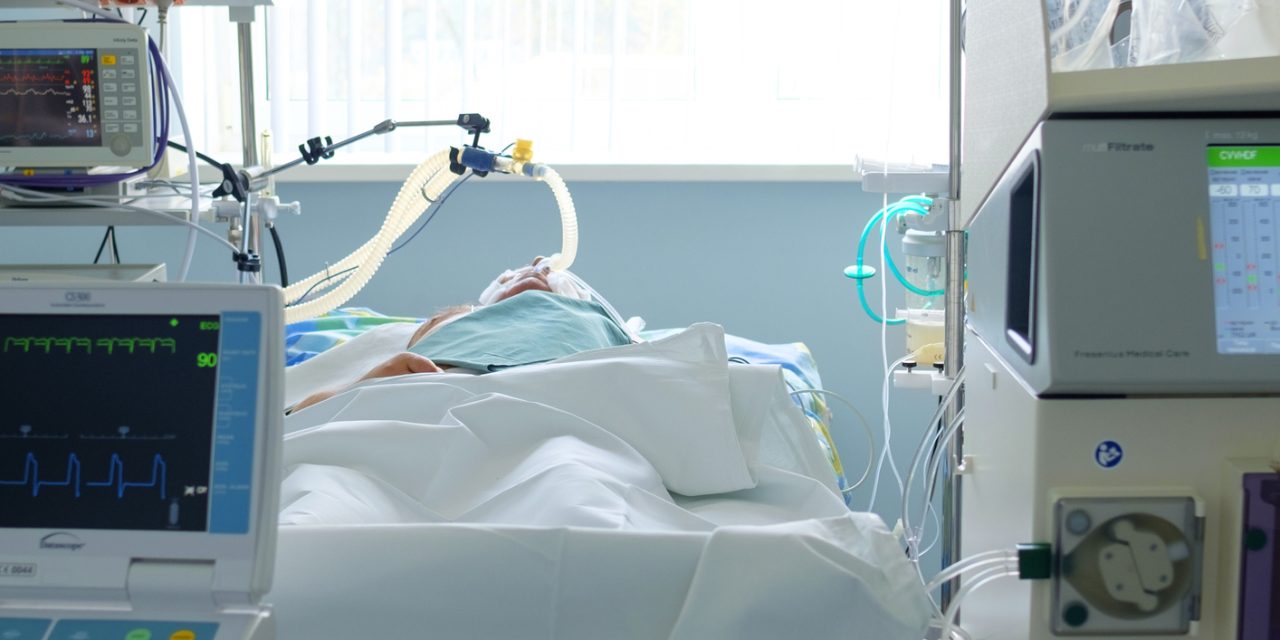Local wound infections are a major challenge for patients and health professionals. Various diagnostic and therapeutic options are available. However, a generally accepted standard is still lacking in Europe. The aim was to develop an easy-to-use clinical score for the early detection of local wound infections, as a basis for decision-making on antiseptic therapy or decolonisation.
An interdisciplinary and interprofessional panel of experts from seven European countries was brought together to discuss the various aspects of diagnosing local wound infections.
The result was the adoption of the Therapeutic Index for Local Infections (TILI) score, developed in Germany by Initiative Chronische Wunden e.V., specifically for health professionals not specialised in wound care. Available in six European languages, the TILI score could also be adapted for different European countries, depending on their specific national healthcare requirements. The six clinical criteria for local wound infection are erythema to surrounding skin; heat; oedema, induration or swelling; spontaneous pain or pressure pain; stalled wound healing; and increase and/or change in colour or smell of exudate. Meeting all criteria indicates that antiseptic wound therapy could be started. Regardless of these unspecific clinical signs, there are also health conditions for the clinical situation which are a direct indication for antimicrobial wound therapy. These include the presence of wound pathogens, such as meticillin-resistant , septic surgical wound or the presence of free pus.
The development of the new internationally adapted TILI score, which could also be used by any caregiver in daily practice to diagnose local infections in acute and hard-to-heal wounds, is the result of expert consensus. However, the score system has to be validated through a clinical evaluation. This is to be performed in expert centres throughout Europe.
Therapeutic index for local infections score (TILI): a new diagnostic tool.


